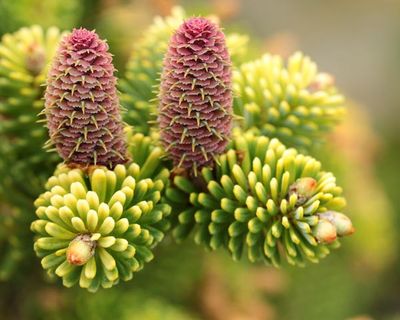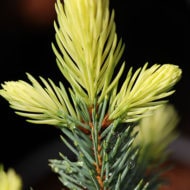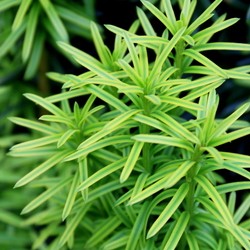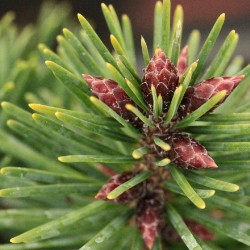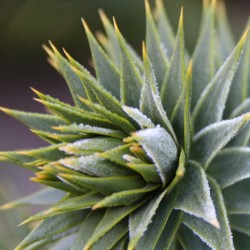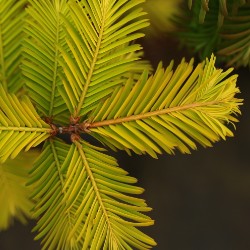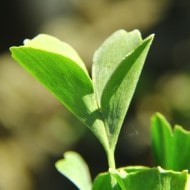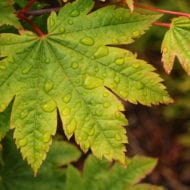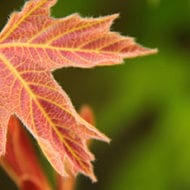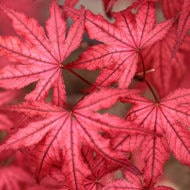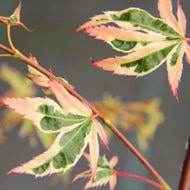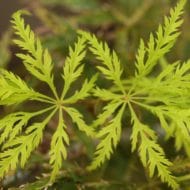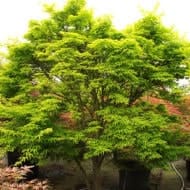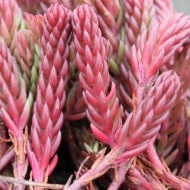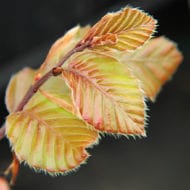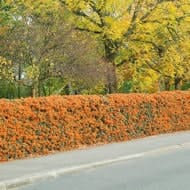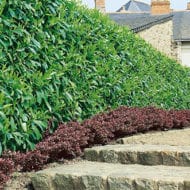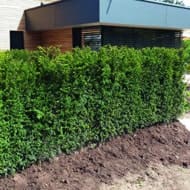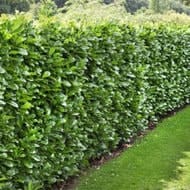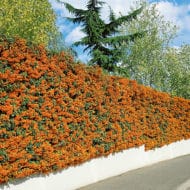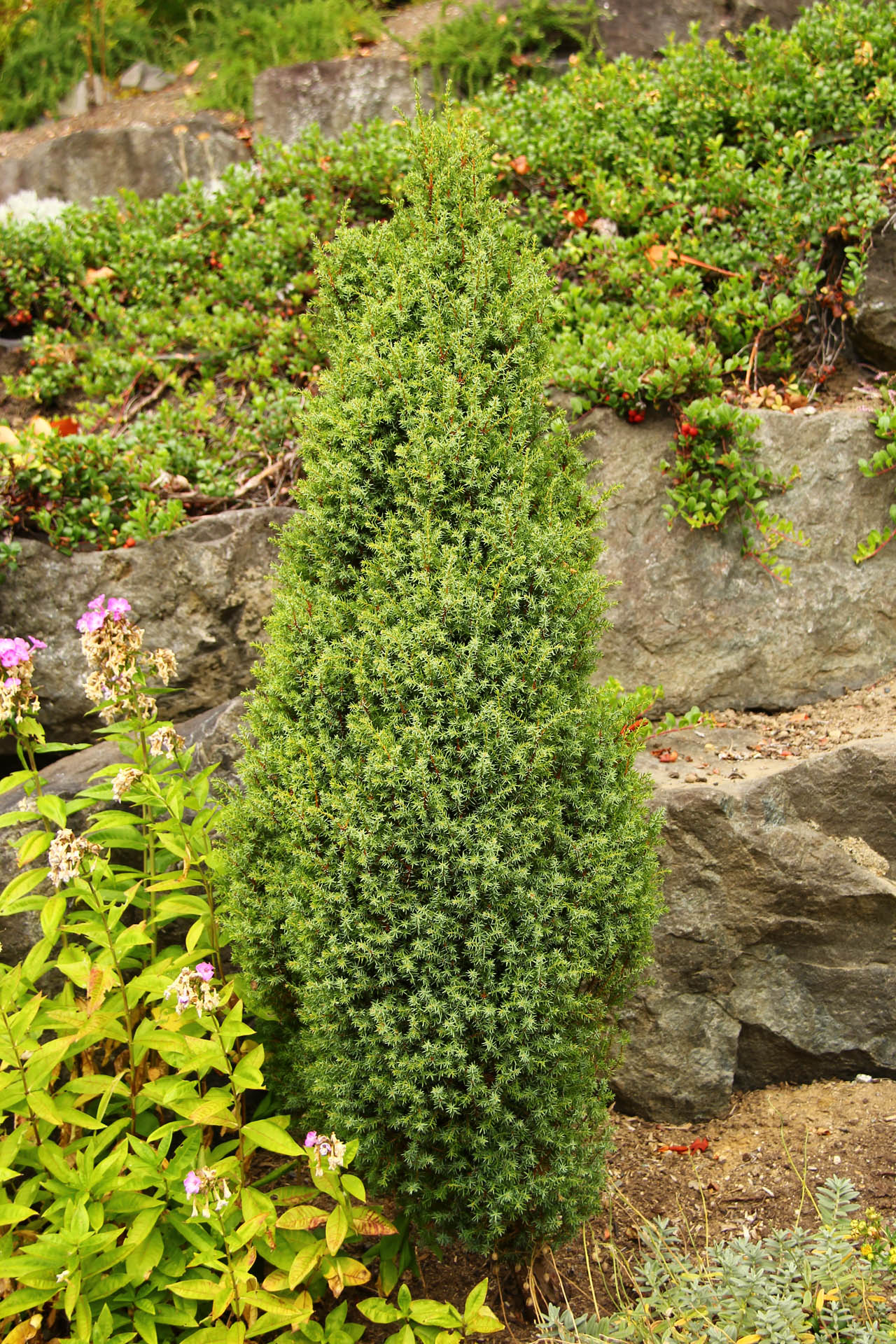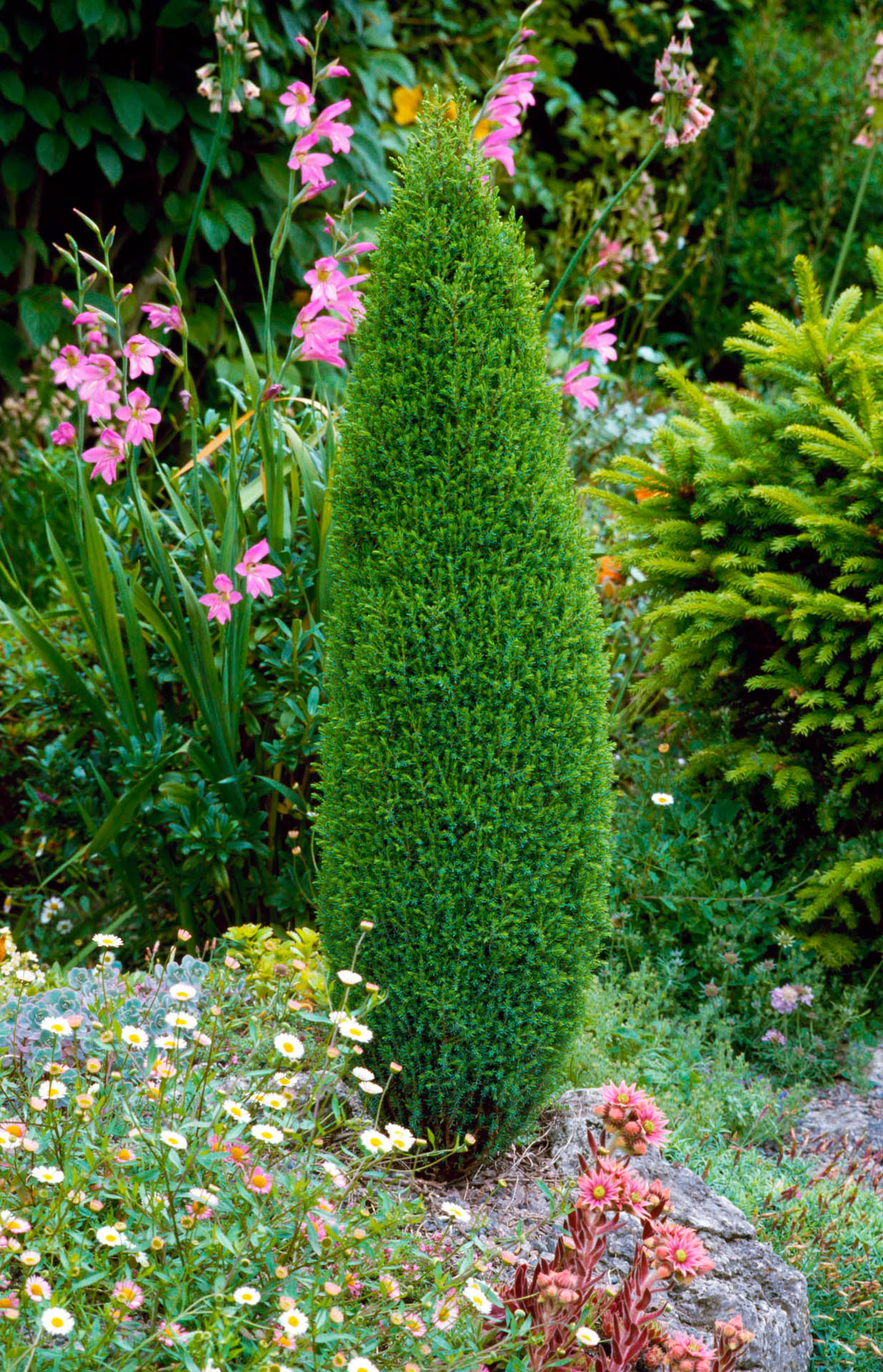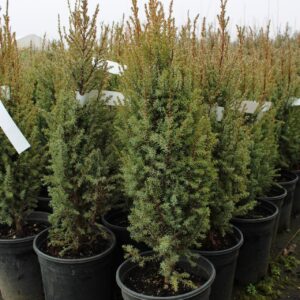Juniperus communis ‘Compressa’ Pencil Point Common Juniper
SKU: JunCom-Compressa-0-0
Categories: Columnar, Columnar, Dwarf, Dwarf Conifers, Dwarf Conifers, Gallon, Green, Green Conifers, Juniperus - Junipers, Our Plants, Ungrafted Varieties, Zone 2, Zone 3, Zone 4, Zone 5, Zone 6, Zone 7, Zone 8
Tag: GS
Description
This extremely narrow, pointed columnar juniper is a popular landscape choice as it does not take up much space. Green, fine-textured foliage is mixed with silver and blue tones.
USDA Hardiness Map
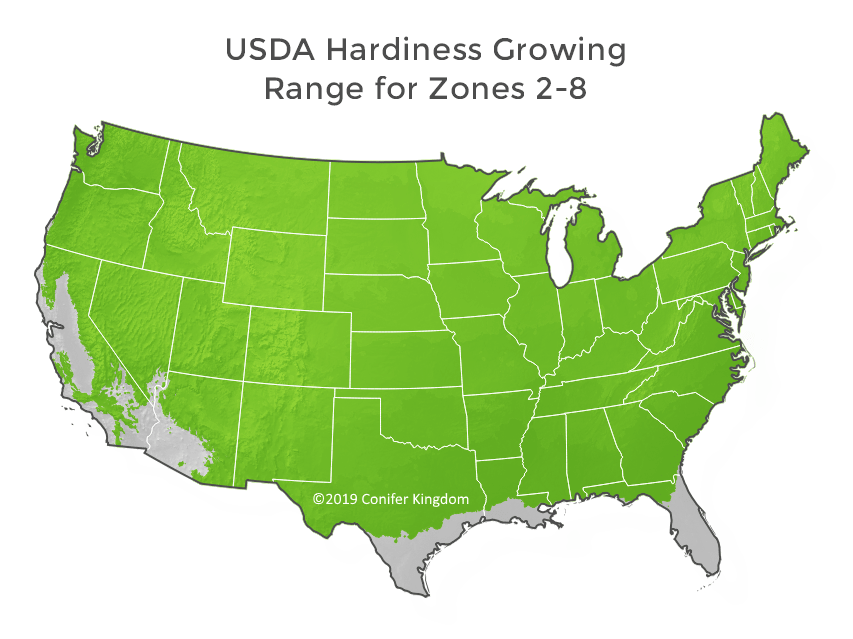
Plant Form

Additional information
| Weight | N/A |
|---|---|
| LATIN NAME | Juniperus communis 'Compressa' |
| COMMON NAME | Pencil Point Common Juniper |
| SUN EXPOSURE | Sun |
| ANNUAL GROWTH | 2-4" |
| Growth Rate | Dwarf |
| HXW@10 YEARS | 3.5'x1' |
| Color | Green |
| Form | Columnar |
| HARDINESS ZONE | Zones 2-8 |
| Color | |
| Growth Rate | |
| Form | |
| Your auto-detected zip code |  |
| hardiness zone based on zip code |  |
| You can also try another zip code |


